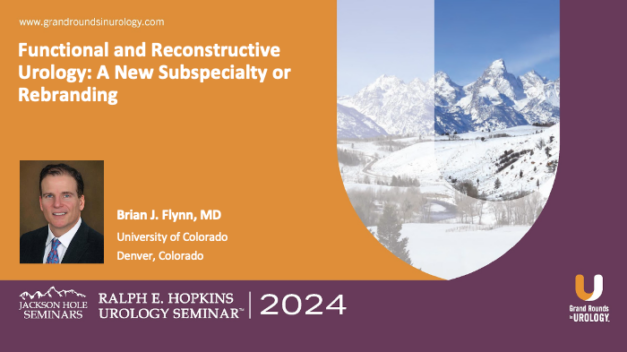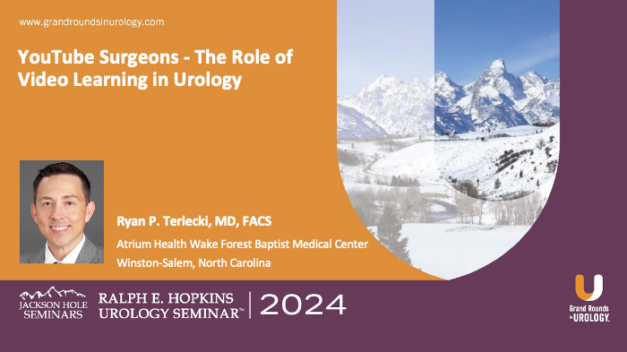Functional and Reconstructive Urology: A New Subspecialty or Rebranding
Brian J. Flynn, MD, defines functional and reconstructive urology and its place in future and existing urological practices. Dr. Flynn introduces functional and reconstructive urology as an area that focuses on disorders related to urinary and pelvic floor dysfunctions, such as urinary incontinence, pelvic organ prolapse, and overactive bladder.
Dr. Flynn discusses the historical context of functional and reconstructive urology, explaining how aspects of functional urology and reconstructive urology have been present in urology for decades. He acknowledges that while the conditions treated are not new, the emphasis on a multidisciplinary approach and the incorporation of advanced diagnostics and therapeutic techniques justifies viewing functional and reconstructive urology as a distinct subspecialty, rather than a form of alternative medicine.
Dr. Flynn concludes by illustrating how functional and reconstructive urology impacts patient care and quality of life. He provides authoritative sources for continuing education in functional and reconstructive urology.





